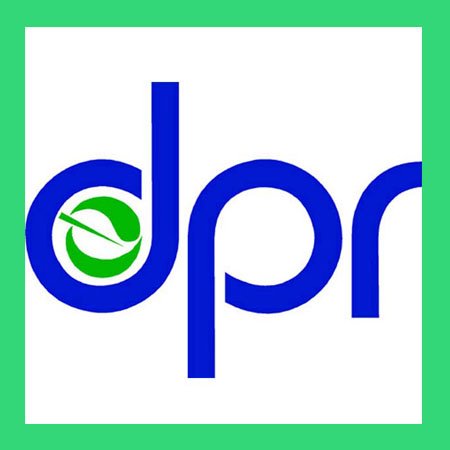Jun 8, 2021‘Ill-defined’ DPR spending proposal opposed by California farmers
California is losing farmland at an alarming rate of 50,000 acres a year. That’s equivalent to 78 square miles, 12 Yosemite Valleys or 38,000 football fields.
Not only does this have serious consequences for the economy, but for the environment as well, because farmland plays a critical role in carbon sequestration, a key way to combat climate change. An important climate change report from the state of California recognizes this, stating that “it is important that farming and ranching remain robust and that rates of conversion (to urbanization and other uses) diminish.”
Because of this, one would think California policymakers would do everything in their power to keep farmers in business.
Sadly, it is quite the opposite.
Every year, there are more laws, regulations and fees that drive farmers out of business, converting productive farmland to other uses.
One of this year’s most serious threats to agriculture is a proposed mill tax increase of as much as 115% on products registered by the California Department of Pesticide Regulation (DPR). Buried in the 2021-22 legislative budget bill is a millage tax that increases the costs to manufacturers on everything from bleach and disinfectants to the pesticides farmers need to grow the world’s best fruit, nuts and produce.
What this means to the average Californian and business is as disturbing as it is simple: The state wants to make it more expensive to buy disinfectants and food, while the government agency, DPR, gets $45 million in additional tax money – a jaw-dropping 40% increase to its budget.
For farmers, the tax is yet another example of how Sacramento is regulating them to death. Growing food is an essential service that should be protected, not made more difficult.
The DPR tax proposal is fraught with false assumptions, unintended consequences and designs for government expansion without clearly defined program plans.
First, what is DPR going to do with the proposed $45 million in new tax revenue?
Second, this gluttonous tax will hurt those who can least afford it: small businesses, small family farms, child care centers, schools and struggling low-income populations.
Third, less than a quarter of the revenues are proposed for actual pesticide use enforcement. Yet, DPR is planning to create 47 new government staff positions for new programs that have nothing to do with its core functions.
Fourth, the proposal drastically converts the current flat tax system into a tiered structure, with three categories according to toxicity concerns that are unrelated to chronic risks to human health or the environment. Products that fall into the highest tier would be assessed at a higher level, even though these products have been approved as safe for their intended use as instructed on the product label.
The tax hits agriculture especially hard, because it applies to approved pesticides needed to protect crops. In many cases for farmers, the mill tax assessment would spike by 100%. It directly raises costs to California food producers—including farmers providing food and jobs to some of the most economically challenged Central Valley communities.
These farmers and their employees worked tirelessly through the pandemic to continue providing fresh, nutritious fruits and vegetables to millions of Californians – including donations to community food banks.
Fortunately, there are indications the Legislature is recognizing that increasing taxes now would send a bad message, and that it may not approve the DPR mill tax proposal. But, unfortunately, the lawmakers are considering instead a 40% hike in the DPR budget with General Fund money – $90 million over the next two years.
California businesses should be very leery of this maneuver. What happens after those two years? What happens when the state does not have the luxury of a $75 billion budget surplus to cover this expansion of ill-defined new DPR programs? In the long run, it is highly likely the state will again look toward an industry mill tax to prop up a bigger department that hasn’t been accountable for its current responsibilities.
As California crawls from the wreckage of the pandemic, the last thing state government needs to be doing is breaking the backs of farms, restaurants, local governments, hospitals, nursing homes and pretty much any public place. It certainly should not be creating new and financially unsustainable programs that farmers and other businesses will be expected to pay for with a mill tax when the state falls on hard times.
– Paul Wenger is a Stanislaus County farmer and former president of the California Farm Bureau.
The California Farm Bureau has joined with other organizations advocating to stop the mill-tax increase. Find more information at www.cfbf.com.















